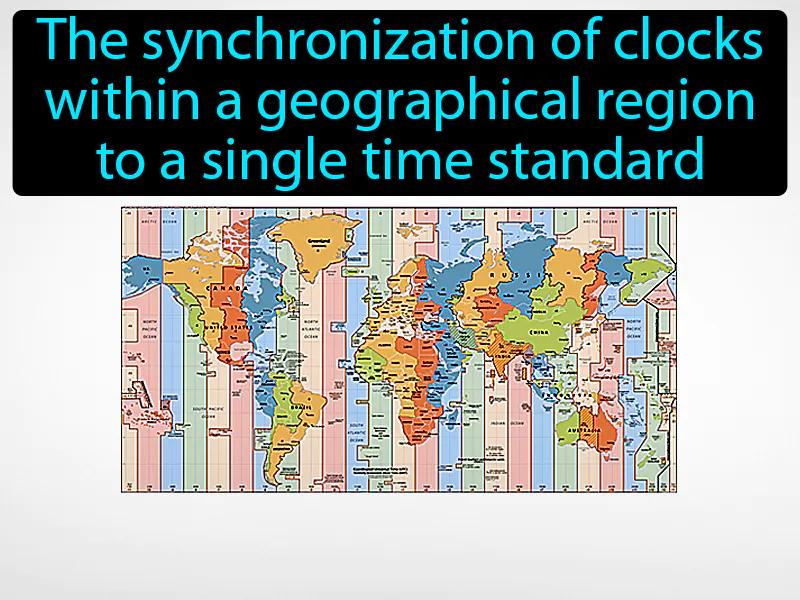Standard Time
Standard Time: Easy to understand
During the Westward Expansion in the 1800s, the United States faced challenges with timekeeping due to numerous local times based on the position of the sun. This became a problem with the advent of railroads, which needed a standardized schedule to operate efficiently. Standard time was introduced in 1883 to synchronize clocks and facilitate train schedules, reducing confusion and improving safety. Today, standard time remains crucial for coordinating activities across different regions, such as ensuring flights are on time or scheduling virtual meetings across time zones. For example, if you have a family member in another state, knowing their time zone helps you call at a convenient time for both of you.

Practice Version

Standard Time: The synchronization of clocks within a geographical region to a single time standard. Standard time. Standard time was introduced in the 19th century to facilitate train scheduling and improve communication.